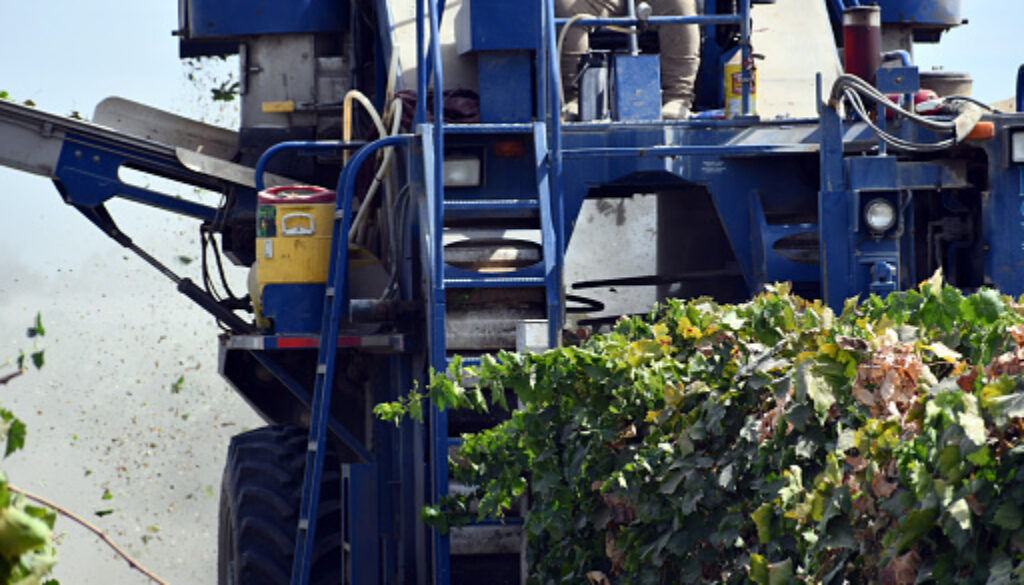Health & Safety Laws
Health and safety in agriculture are predominantly regulated by the (1) Agriculture (Safety, Health and Welfare Provisions) Act 1956 and (2) Health and Safety at Work etc Act 1974. The 1956 Act was the first time the sector faced this type of regulation.
The very first statute dealing with health and safety was the Health and Morals of Apprentices Act 1802, but it applied principally to apprentices in cotton and woollen mills, including a requirement for them to be instructed on Sundays of the principles of Christianity). The Factories Act 1833 then brought in rules to protect children working in textile factories and, later, there were laws implemented to protect coalminers.
In agriculture, meaningful change was not seen until the 1950s. The Agriculture (Poisonous Substances) Act 1952 came in first, but the most significant change was the 1956 Act mentioned above, which had as its main objective the protection of workers and children coming in contact with agricultural machinery, equipment and vehicles. The Act introduced comprehensive health protection and safeguards, including the prohibition of lifting excessive weights, the provision of washing facilities, requirements for first aid and it laid out requirements for the notification and investigation of accidents and disease. Inspectors were given power to enter agricultural premises and enforce the Act. Its effectiveness in improving farm standards was commended.
Today, the health and safety rules, codes of practice and guidance applicable are vast. In order to protect yourselves, those working for you and others entering onto your land, we recommend you visit, and revisit, NFU guidance and the extensive information available on the Health and Safety Executive’s website. Risk assessments must be carried out and all employees/workers should have appropriate training and supervision. Remember that any new vehicles and machinery may necessitate retraining and ensure that handbooks are available. Any equipment used in your business must be safe and maintained, and you must manage the risks in its use, handling, storage and transport. Make available to workers and visitors all relevant guidance, your policies and procedures and include relevant provisions within your employment contracts. Finally, keep records of all of these matters, in the event your compliance ever has to be demonstrated.
For more information contact a member of the BC team on 01270 611106. Alternatively, email us at reception@bowcockcuerden.co.uk
This article is not intended to be comprehensive or to provide specific legal advice. It should not be relied upon in the absence of specific advice given in relation to particular circumstances.



